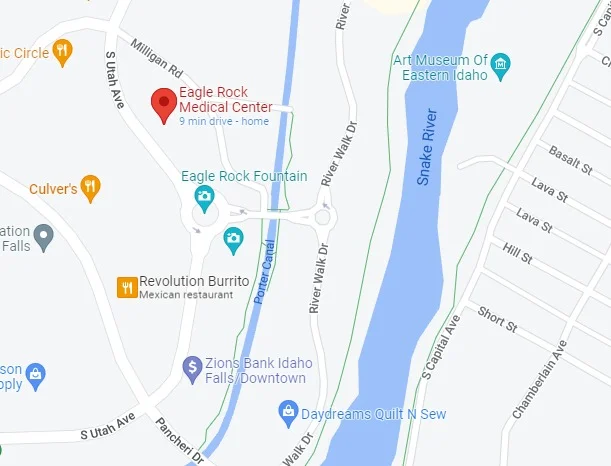- (208) 425-6020
- clinic@eaglerockmedical.com
- 919 South Utah Avenue Idaho Falls, ID 83402

Luventis Radio Frequency (RF) Microneedling
Radiofrequency microneedling is a cosmetic procedure. It uses tiny needles and radiofrequency waves to rejuvenate facial skin.
The treatment is a form of controlled skin injury. The damage stimulates the growth of healthy new skin, which can benefit common skin issues like acne scars and wrinkles.
Compared with treatments like chemical peels and dermabrasion, radiofrequency microneedling is minimally invasive. Read on to learn about the procedure, side effects, and benefits.
What is radiofrequency microneedling?
Microneedling uses a fine needle to create microwounds, or channels, in the skin. This triggers the production of capillaries, elastin, and collagen. It’s also called skin needling or collagen induction therapy.
If the procedure also uses radiofrequency waves, it’s called radiofrequency microneedling. The needle releases radiofrequency into the channels, causing additional damage. This enhances the effects of standard microneedling.
The skin that grows back is thicker and smoother. This can target:
- fine lines
- wrinkles
- stretch marks
- appearance of large pores
- acne scars
- scars from injury or surgery
- hyperpigmentation
- loose, sagging skin
- cellulite
- hyperhidrosis
In this procedure, your provider draws blood from your arm and uses a machine to separate the platelets.
You can also get radiofrequency microneedling with platelet-rich plasma (PRP).

